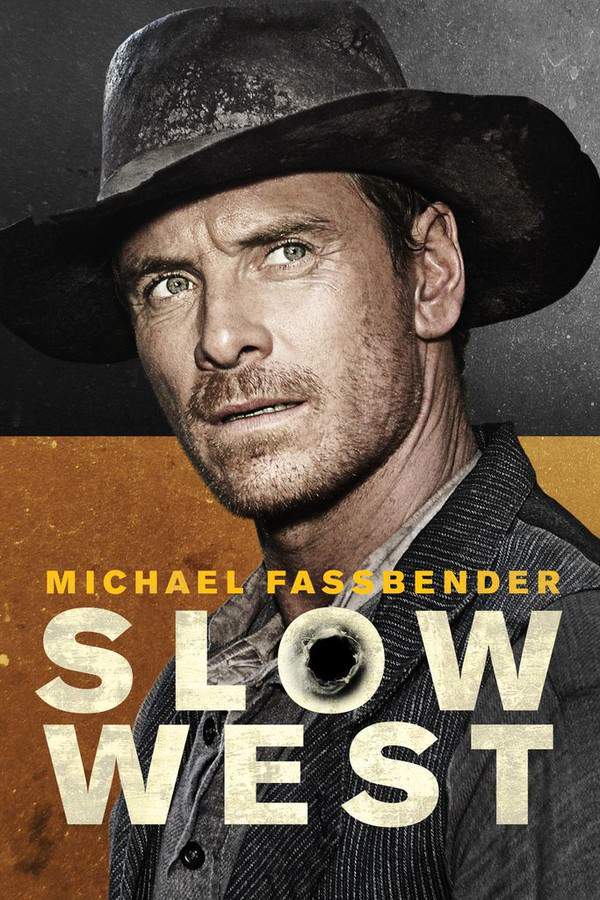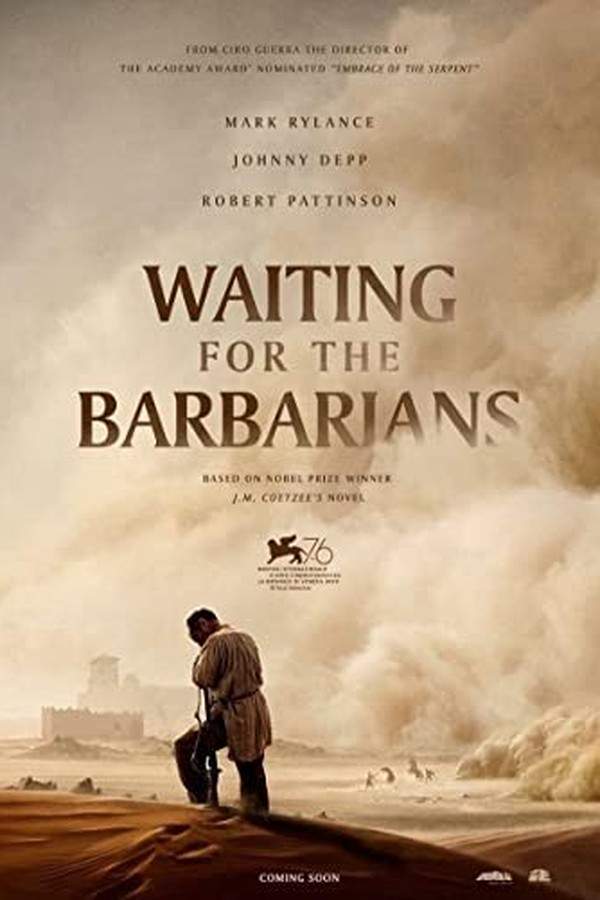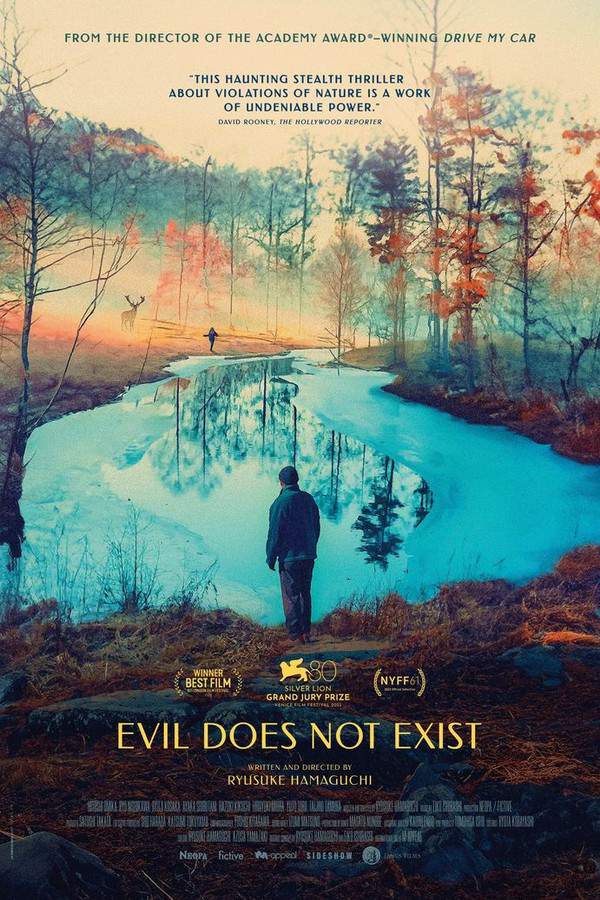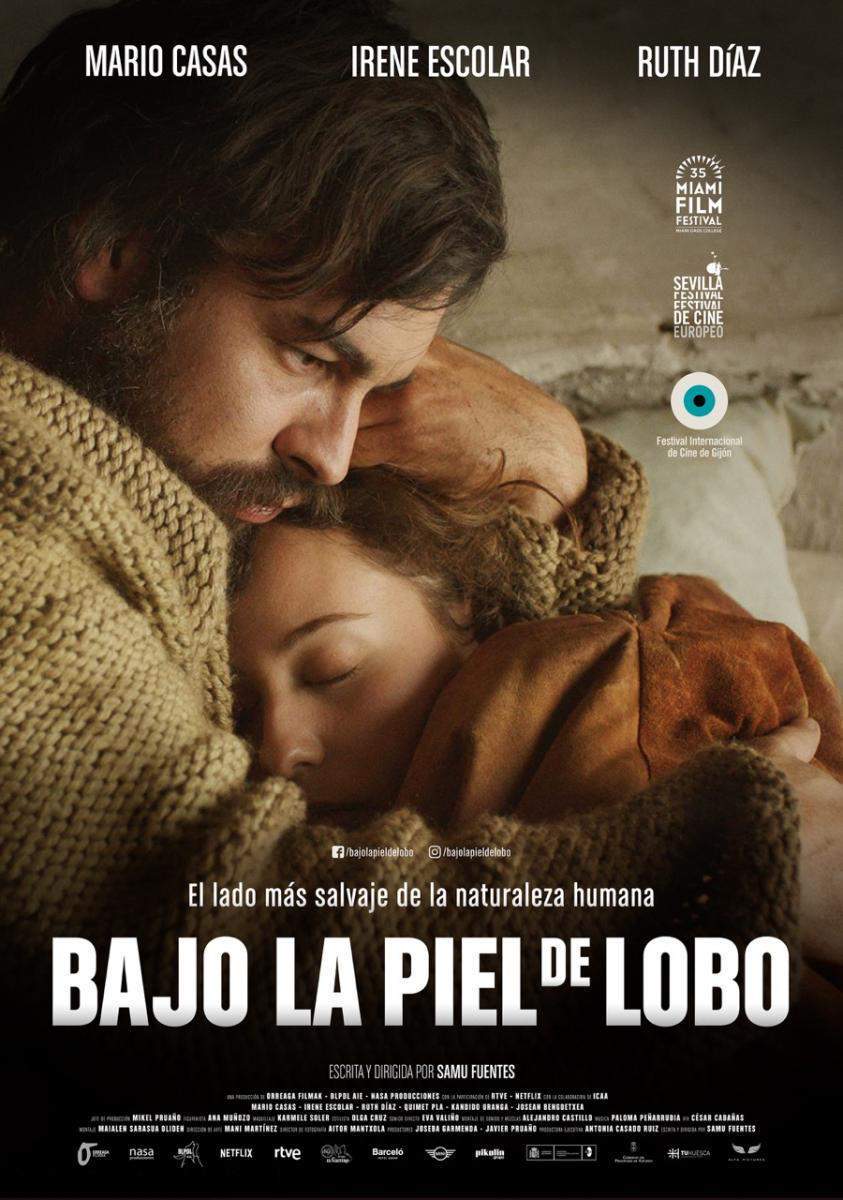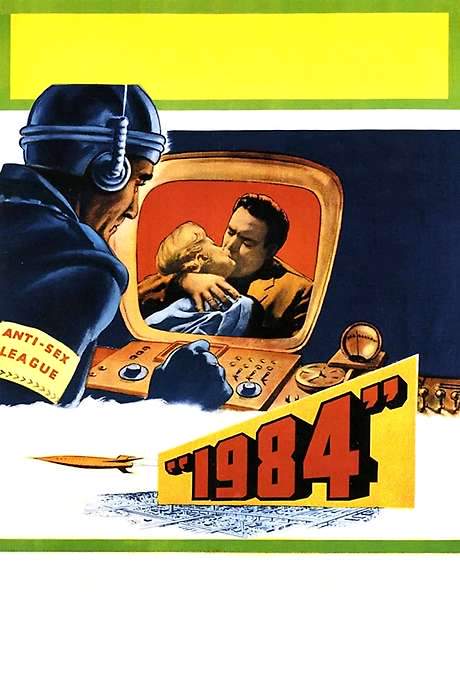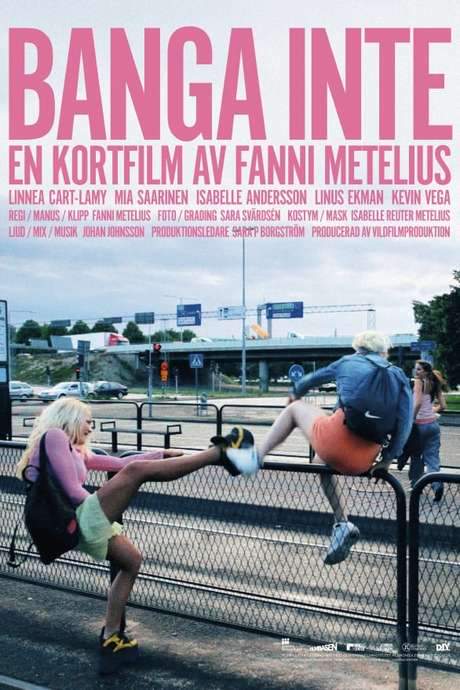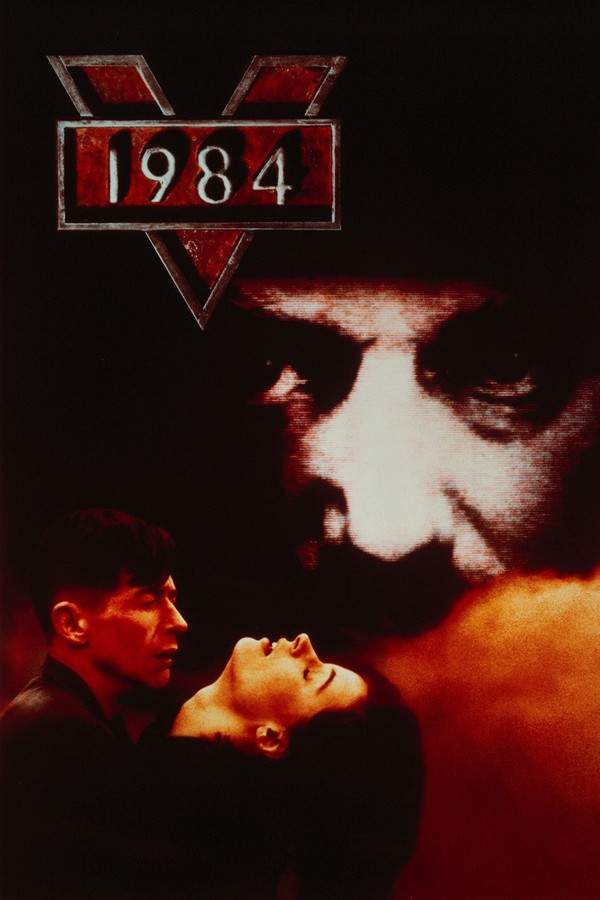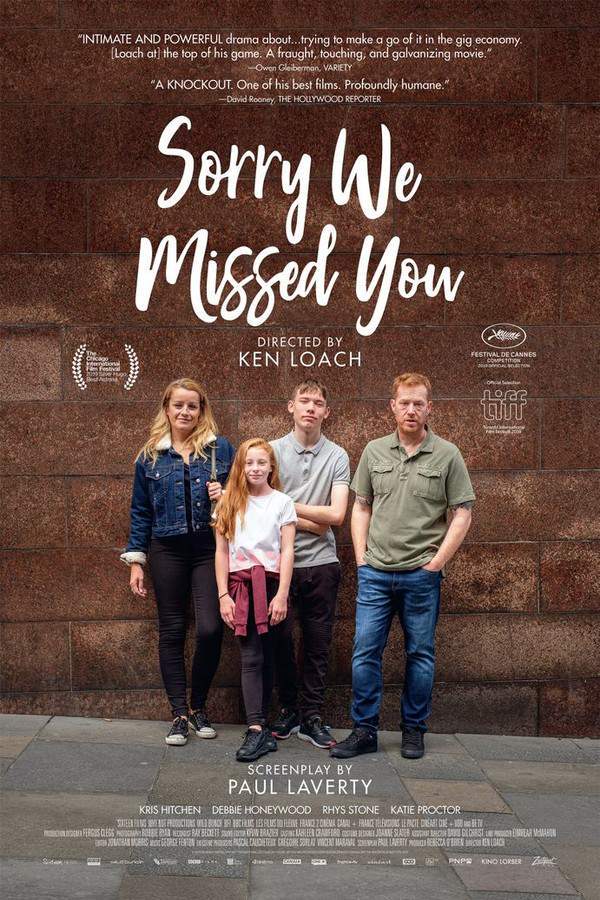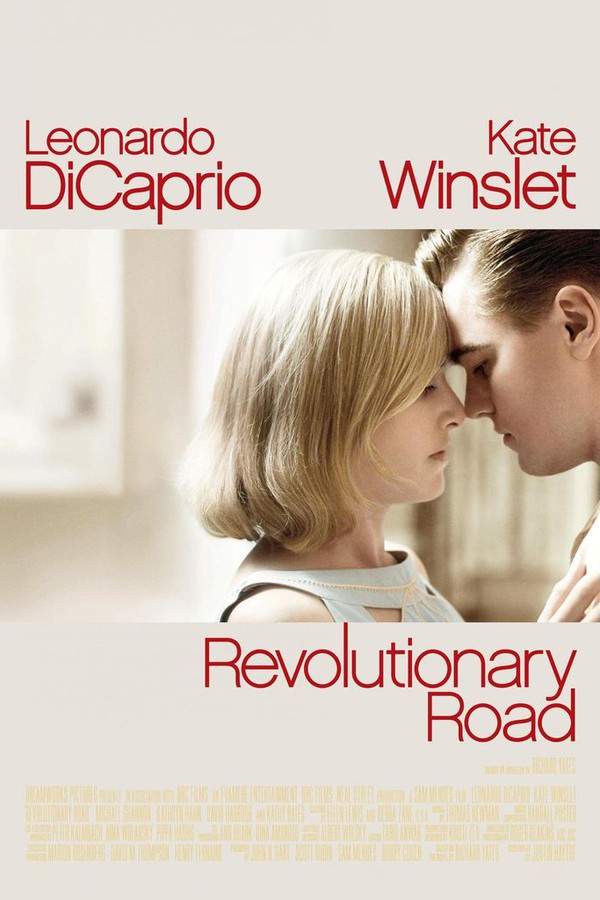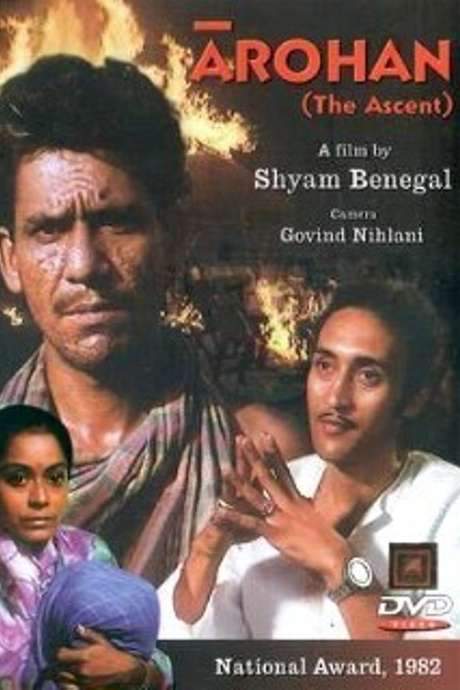
Arohan
Year: 1983
Runtime: 144 mins
Language: Hindi
Director: Shyam Benegal
Hari Mondal (Om Puri) is a destitute farmer in the remote Bengal hamlet of Giripur, Birbhum, living with his wife, two sons, his brother, his widowed aunt Kalidashi (Gita Sen) and her daughter Panchi. Set in the mid‑1960s, the story unfolds as the Naxalbari uprising spreads across Bengal, drawing oppressed peasants into a movement led by young communists advocating a socialist republic.
Warning: spoilers below!
Haven’t seen Arohan yet? This summary contains major spoilers. Bookmark the page, watch the movie, and come back for the full breakdown. If you're ready, scroll on and relive the story!
Timeline – Arohan (1983)
Trace every key event in Arohan (1983) with our detailed, chronological timeline. Perfect for unpacking nonlinear stories, spotting hidden connections, and understanding how each scene builds toward the film’s climax. Whether you're revisiting or decoding for the first time, this timeline gives you the full picture.
Last Updated: October 09, 2025 at 14:49
Explore Movie Threads
Discover curated groups of movies connected by mood, themes, and story style. Browse collections built around emotion, atmosphere, and narrative focus to easily find films that match what you feel like watching right now.
Slow burn rural oppression movies like Arohan
Patient films about the grinding weight of poverty and injustice on rural lives.If you appreciated the patient, somber portrayal of a farmer's struggle in Arohan, you'll find similar movies here. These films focus on the slow grind of social injustice in rural settings, exploring themes of land rights, class struggle, and the heavy personal cost of resistance. Discover more movies like Arohan that capture this specific, gritty vibe.
Narrative Summary
Stories in this thread typically follow a protagonist or community trapped in a cycle of rural poverty and exploitation. The narrative unfolds patiently, focusing on the gradual escalation of tension as characters confront an oppressive system, often leading to devastating personal losses and a bleak realization of their powerlessness.
Why These Movies?
Movies are grouped here for their shared commitment to a slow, immersive pace and a bleak tone that highlights the desperation of rural life. They share a high emotional weight and intensity, derived from themes of social injustice, and create a similarly somber, oppressive mood through their gritty realism.
Bleak political uprising stories similar to Arohan
Stories where political ideals clash with brutal reality, leaving only devastation.Fans of Arohan's depiction of the Naxalbari movement's impact on a family will find more poignant films here. These stories explore the intersection of political idealism and personal sacrifice, often ending in tragedy and despair. Find movies like Arohan that share its bleak outlook on revolutionary struggle and its devastating human cost.
Narrative Summary
The narrative pattern involves ordinary individuals being drawn into a larger political conflict, inspired by ideals of change. However, the movement is met with overwhelming force, and the story charts the protagonist's journey from hope to disillusionment, culminating in the destruction of their family, freedom, or spirit, with no redemptive outcome.
Why These Movies?
These movies are connected by a consistently bleak tone, high intensity derived from political violence and injustice, and a heavy emotional weight centered on sacrifice and defeat. They share a desperate, tense mood and explore the theme of how grand political struggles devastate individual lives.
Unlock the Full Story of Arohan
Don't stop at just watching — explore Arohan in full detail. From the complete plot summary and scene-by-scene timeline to character breakdowns, thematic analysis, and a deep dive into the ending — every page helps you truly understand what Arohan is all about. Plus, discover what's next after the movie.
Arohan Summary
Read a complete plot summary of Arohan, including all key story points, character arcs, and turning points. This in-depth recap is ideal for understanding the narrative structure or reviewing what happened in the movie.

Characters, Settings & Themes in Arohan
Discover the characters, locations, and core themes that shape Arohan. Get insights into symbolic elements, setting significance, and deeper narrative meaning — ideal for thematic analysis and movie breakdowns.

More About Arohan
Visit What's After the Movie to explore more about Arohan: box office results, cast and crew info, production details, post-credit scenes, and external links — all in one place for movie fans and researchers.



